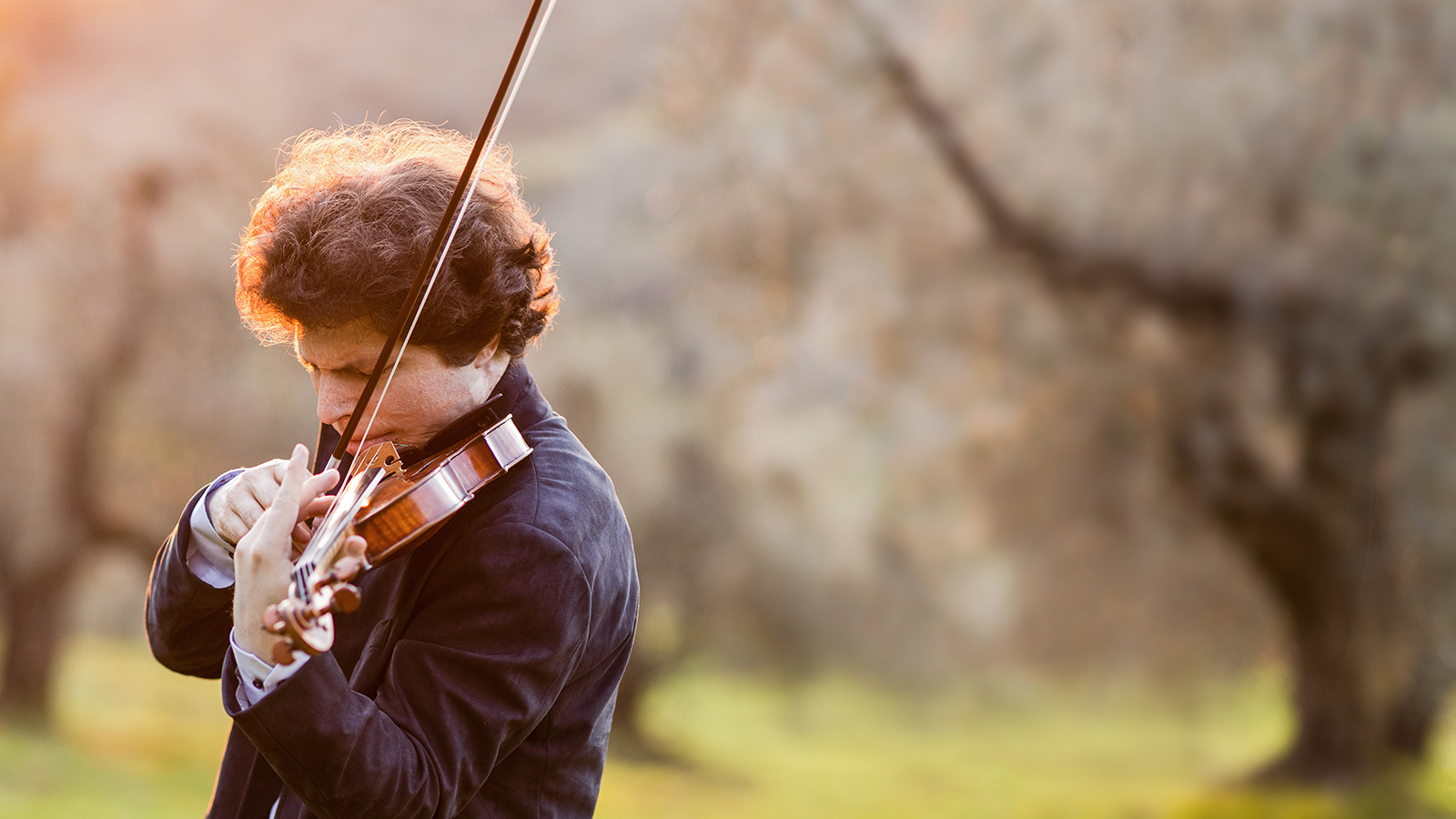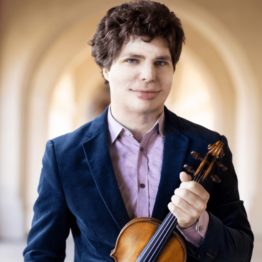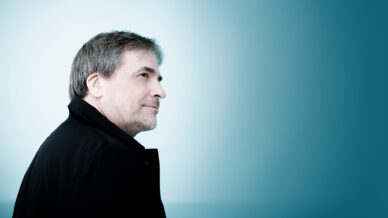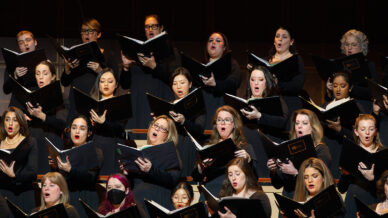

Brahms’s Violin Concerto
enero 30 – febrero 2, 2025
Subscribe to the 24/25 season today! To learn more about subscription packages or to renew your current subscription, visit dallassymphony.org/subscribe. Single tickets will go on sale in late June. To be the first to receive season updates and special offers from the DSO, sign up for our email listing aquí.
FABIO LUISI lleva a cabo
AUGUSTIN HADELICH violín
BRAHMS Violin Concerto in D Major
BRUCKNER Symphony No.7
A work of nearly symphonic proportions, Brahms’s Violin Concerto has been enthusiastically embraced by awestruck audiences for a century-and-a-half. As you listen to Augustin Hadelich’s tour de force interpretation, you, too, will feel its tender lyricism, vigor, charm, and gypsy folk rhythms. Then, from the soaring theme in the first movement of Bruckner’s most popular symphony, through the majestic finale, the vast soundscapes of this masterpiece, enriched by the composer’s hallmark brass sonorities (including four Wagner tubas, invented for his Ring operas) will envelop you with glorious harmonies and transport you to a world beyond time.





